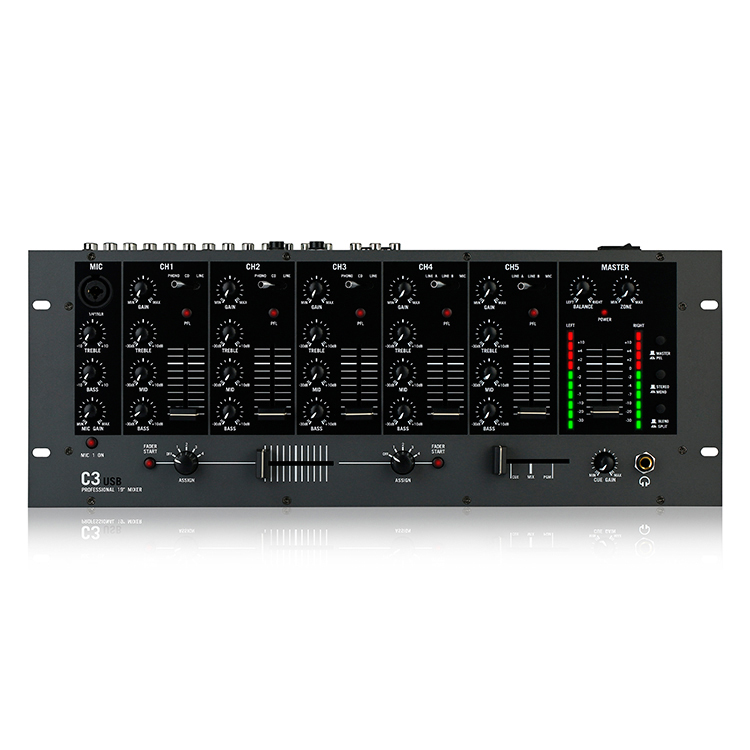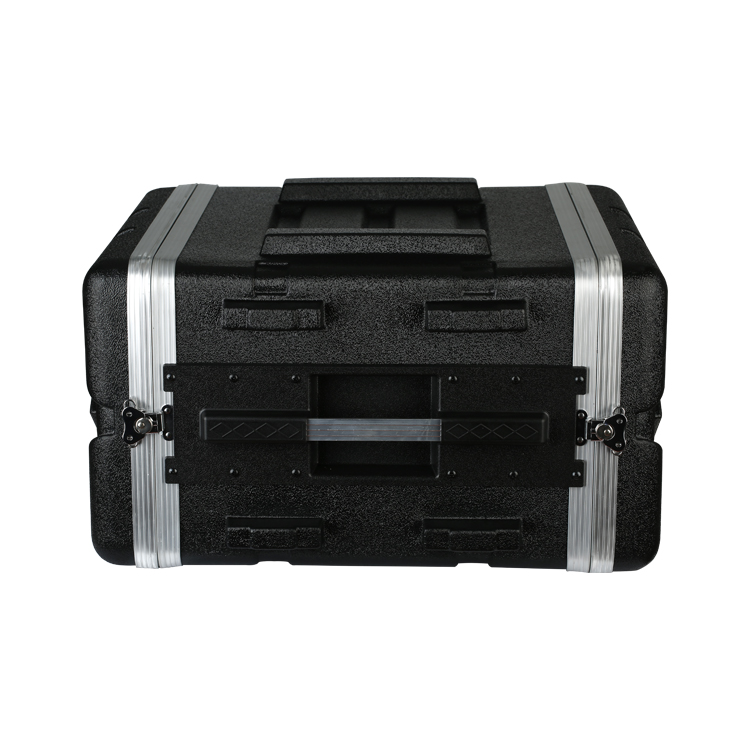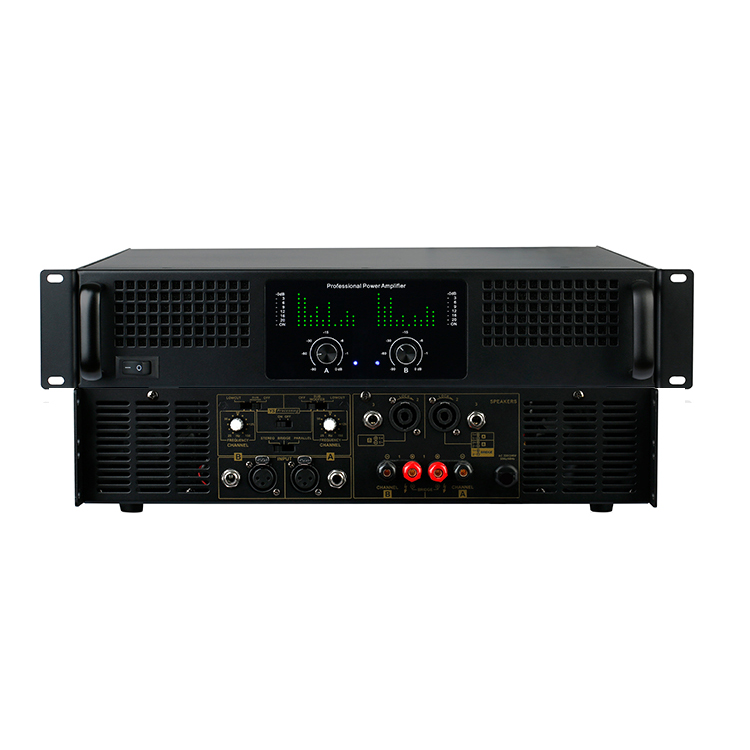What are studio monitors for?
- The big trouble: Since the common soundbox isn’t “flat”, it may smooth out or favor a frequency. Thus, you’ll always be deceived by what you hear;
- The consequence: Mixing an “unfaithful” track can be a problem. When playing it in another device, the sound could come out bad or accentuating certain frequency ranges. Thus, you’ll have worked in vain;
- Just a good studio monitor is not enough: It’ll still need to be properly placed to avoid conflicts or the erasure of frequencies. You should also be worried about the rooms acoustic treatment, of course!
- Price is not everything: The price of the monitor doesn’t necessarily define its quality. You could end up paying more for a brand just because it’s famous or investing in differences inaudible to the human ear.
- Find a way to compare: Don’t blindly trust your device. Test different studio monitors and check out the mixes through the headset. Just remember to use flat headsets, specifically made for mixing. Beats – or its brethren – never!
How should I choose between studio monitors?
Starting with the size
The first step when choosing between different studio monitors is deciding on the best size. In very small rooms, using a big studio monitor is a mistake. In this case, it’s better to pick a monitor with 5-inch to 7-inch speakers. The same goes for very big rooms. In those, 10-inch speakers may work best. The problem with using a big monitor in a tiny room is that the low frequencies get jumbled. Because of this, you’ll be fooled into erasing out bass sounds. The problem? Your monitor was lying and you took out bass that didn’t need to be taken out, just so the recording would sound better in your room. When you play it in a balanced room or a headset, the mix will have no bass. In the opposite case, using a small monitor in a big room will probably cause an excess of bass sounds. All things considered, a 5-inch or 6-inch monitor should work quite well in a bedroom-sized spaced.
How many ways?
To clarify, “way” refers to each of the studio monitor speakers. The most common types are:
- 2-way: one speaker for mids and bass, and a tweeter for trebles;
- 3-way: one speaker dedicated to bass, one for mids and a tweeter for trebles;
- 4-way: usually, two of the speakers are dedicated to mid frequencies.
You might believe that the greater the number of ways, the better. There could even be some truth to that. Ideally speaking, it’s much better to have a speaker dedicated only to the low frequencies. After all, the drive will depend on much superior – and more expensive – components to keep the material faithful to the source when shared. Following this logic, the 3-way studio monitor is a better option. But even then, dedicated speakers need good components. Otherwise, it could have a dozen “ways” and the sound will still not be the best. An important tip: don’t count ways without considering the price. If you’re short on money, it’s much better to get a good 2-way studio monitor than a bad 3 (or more) way device. In the end, it’s about the sound, not the number of speakers.


